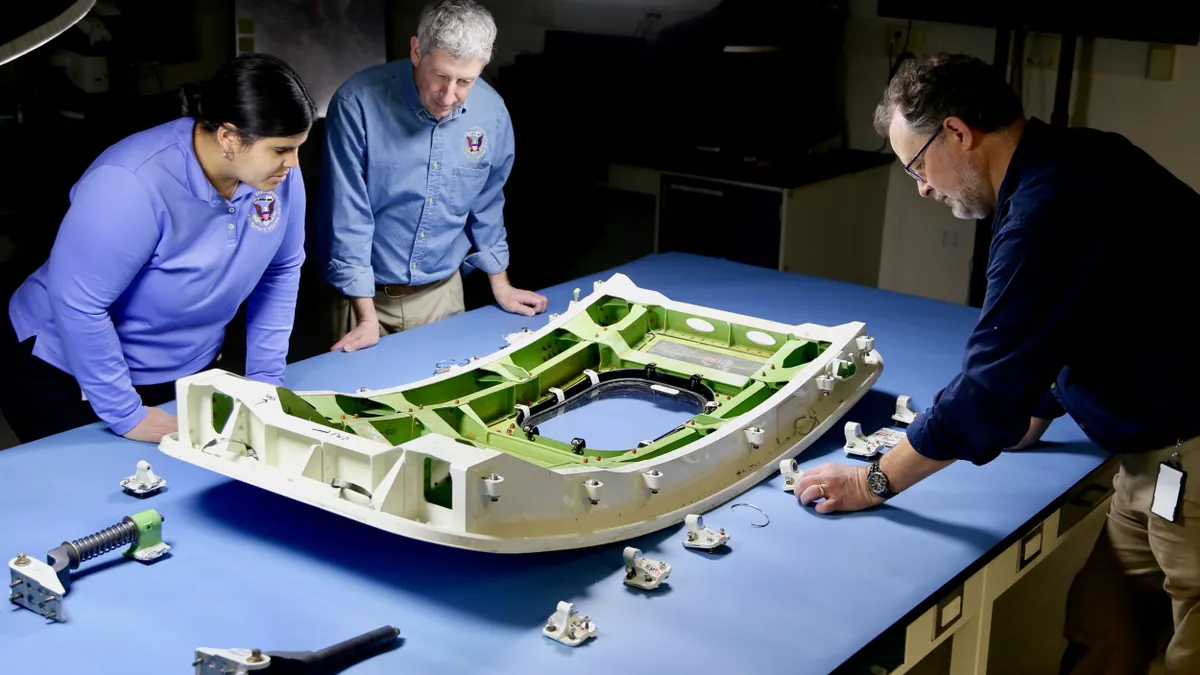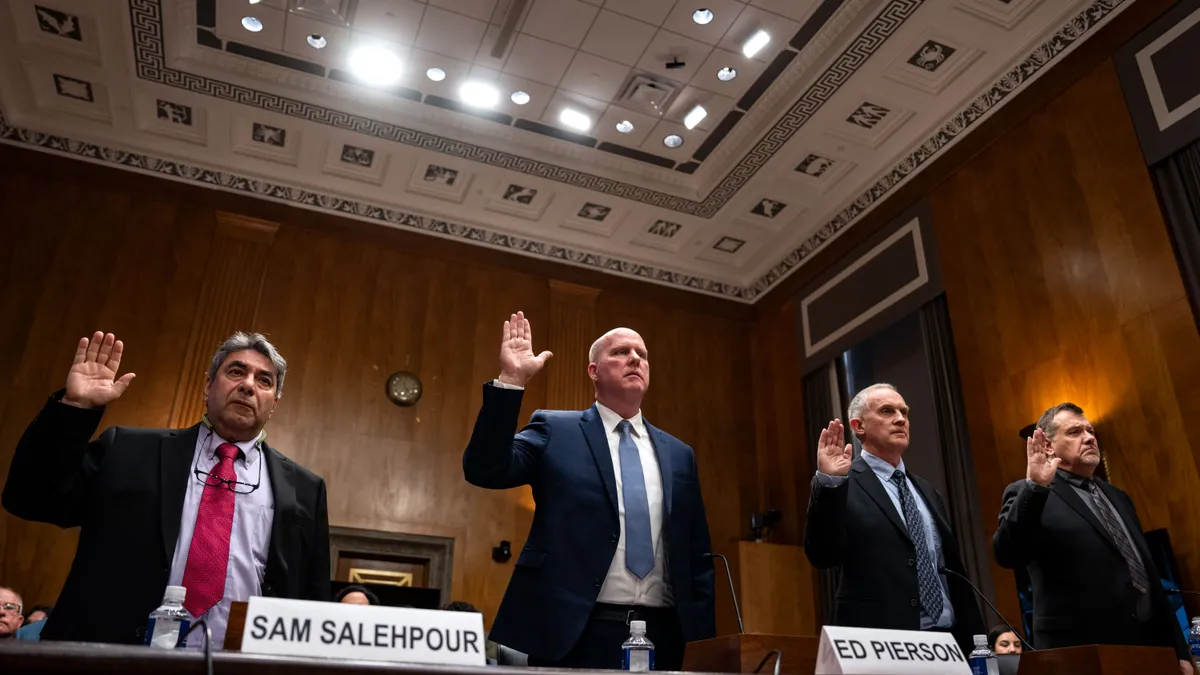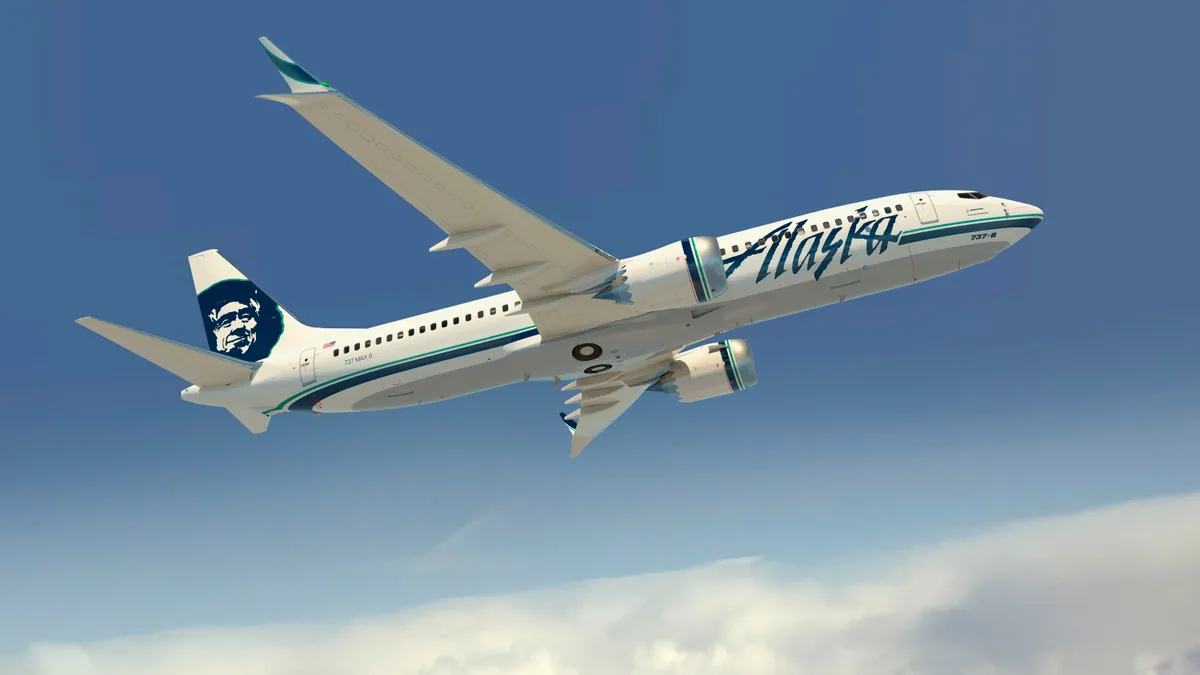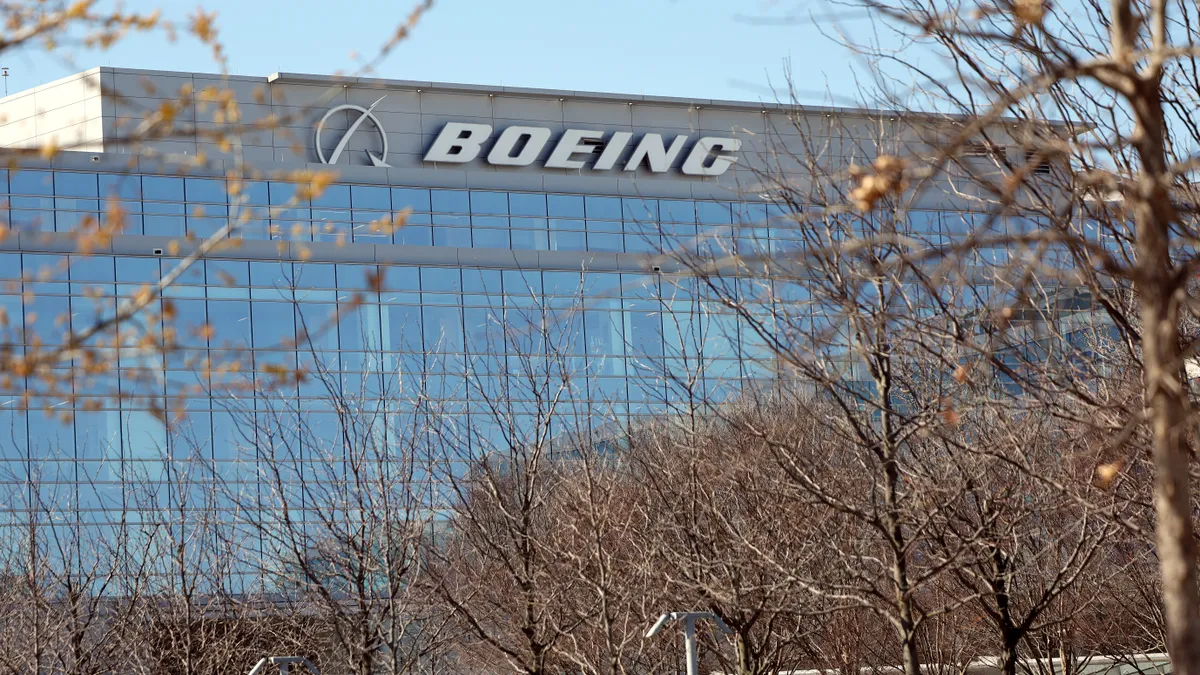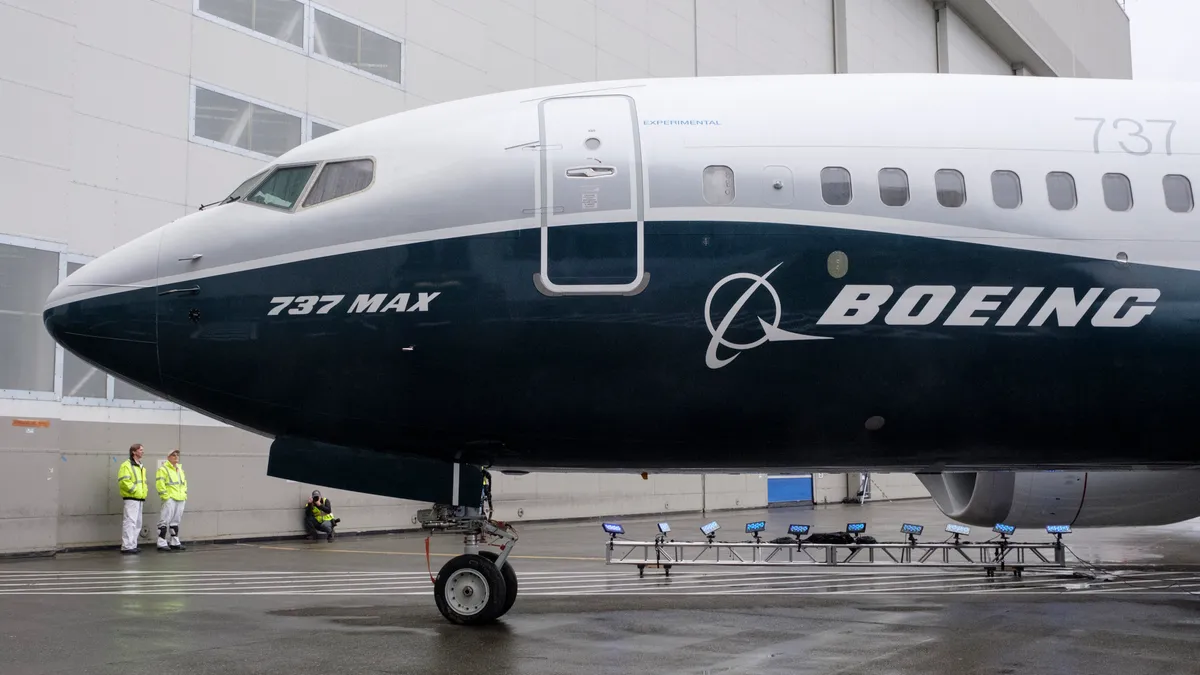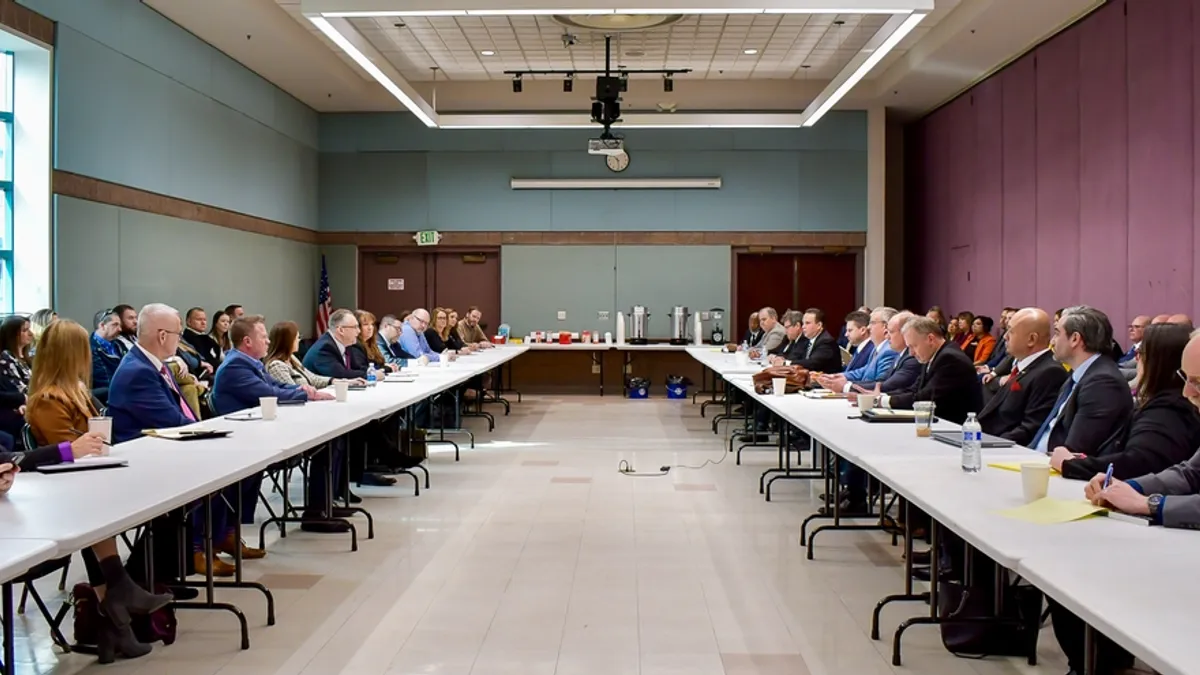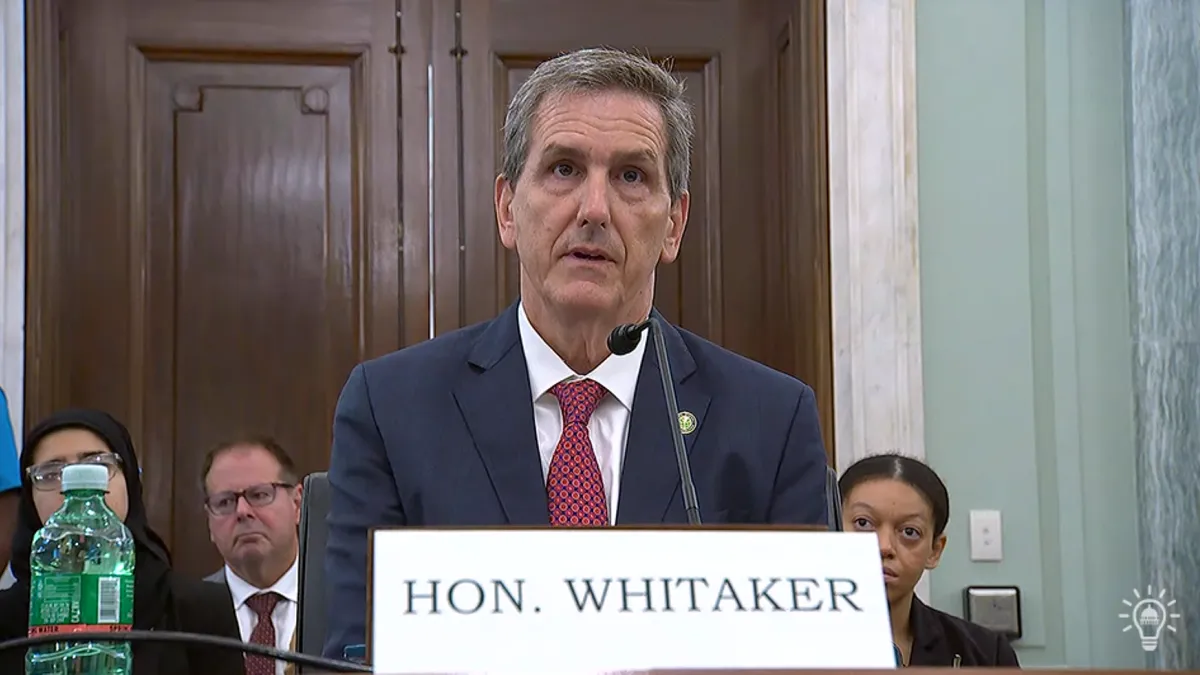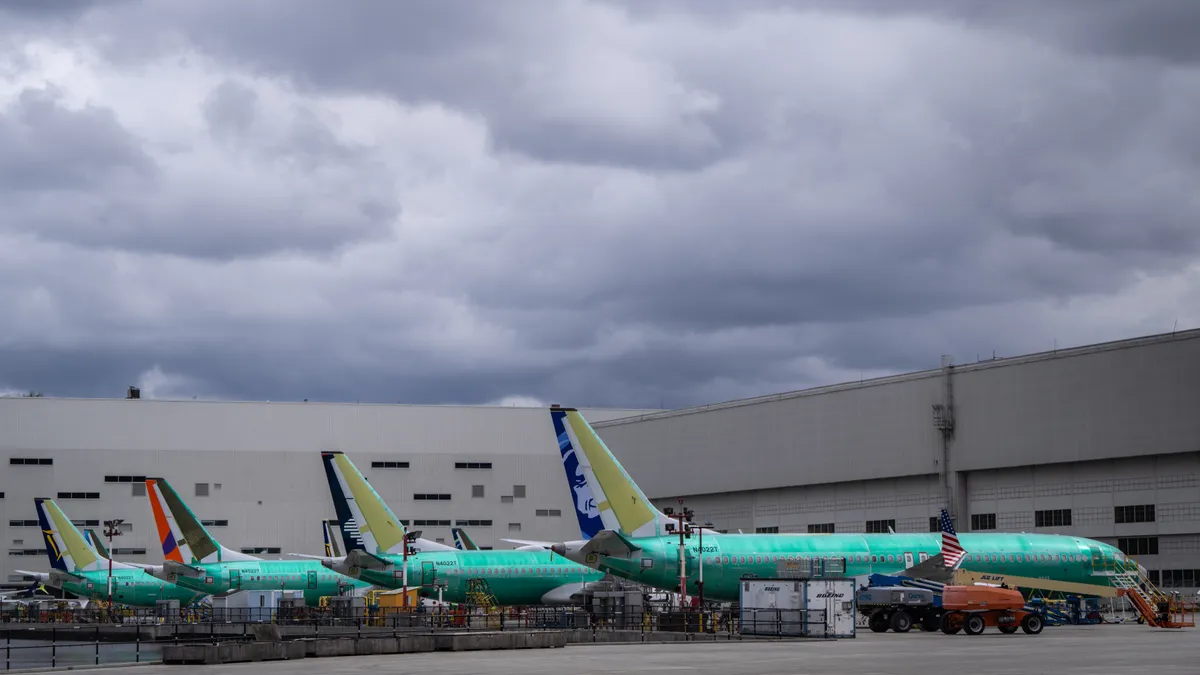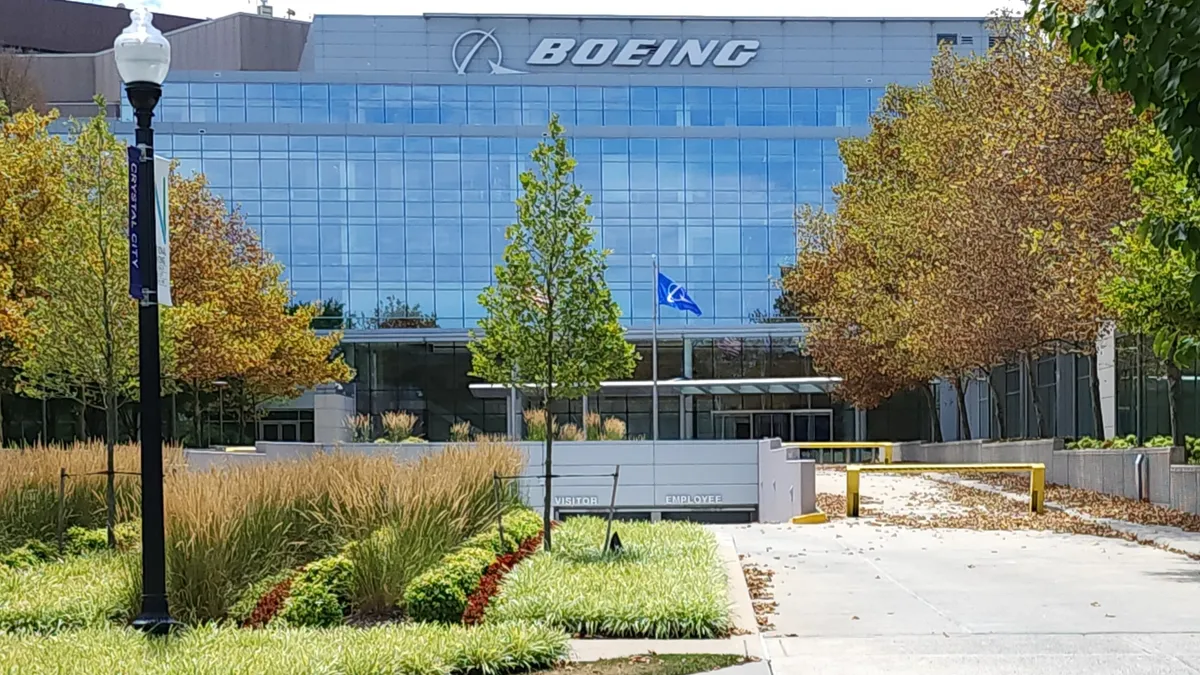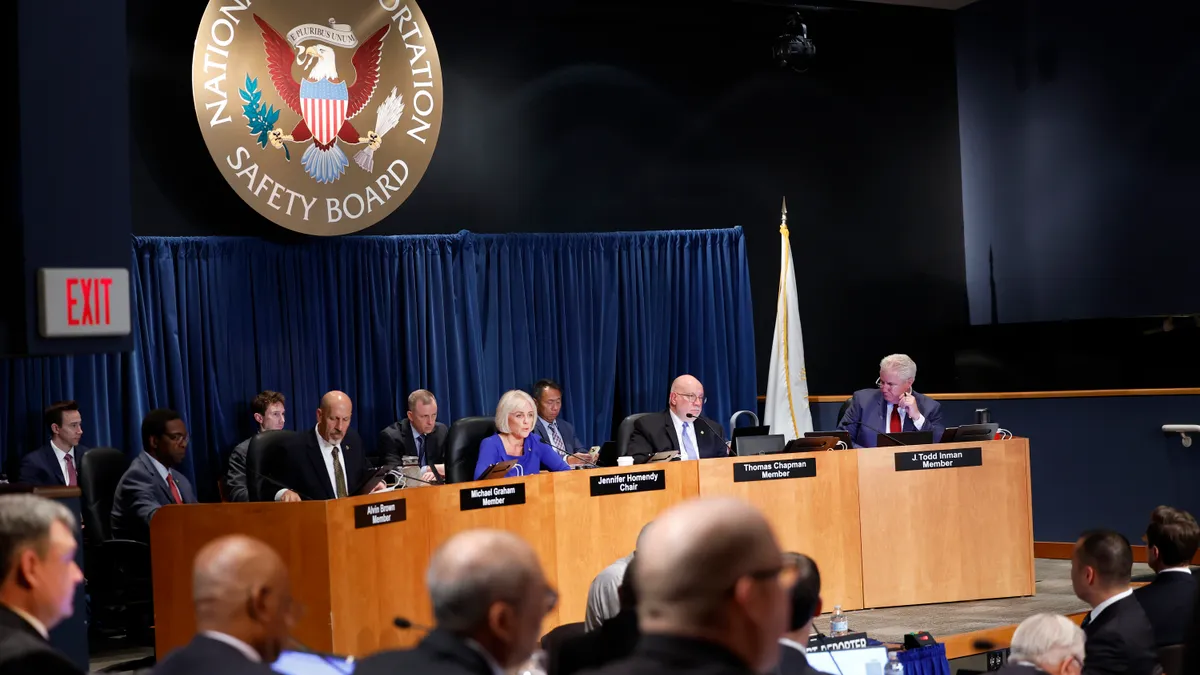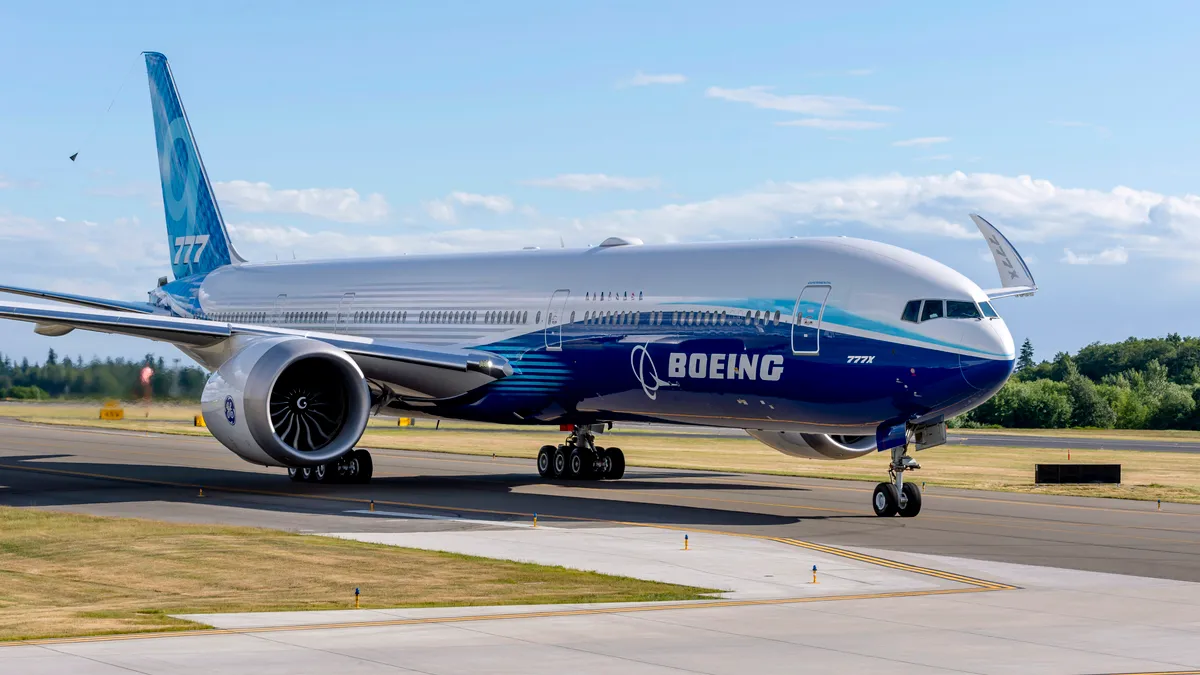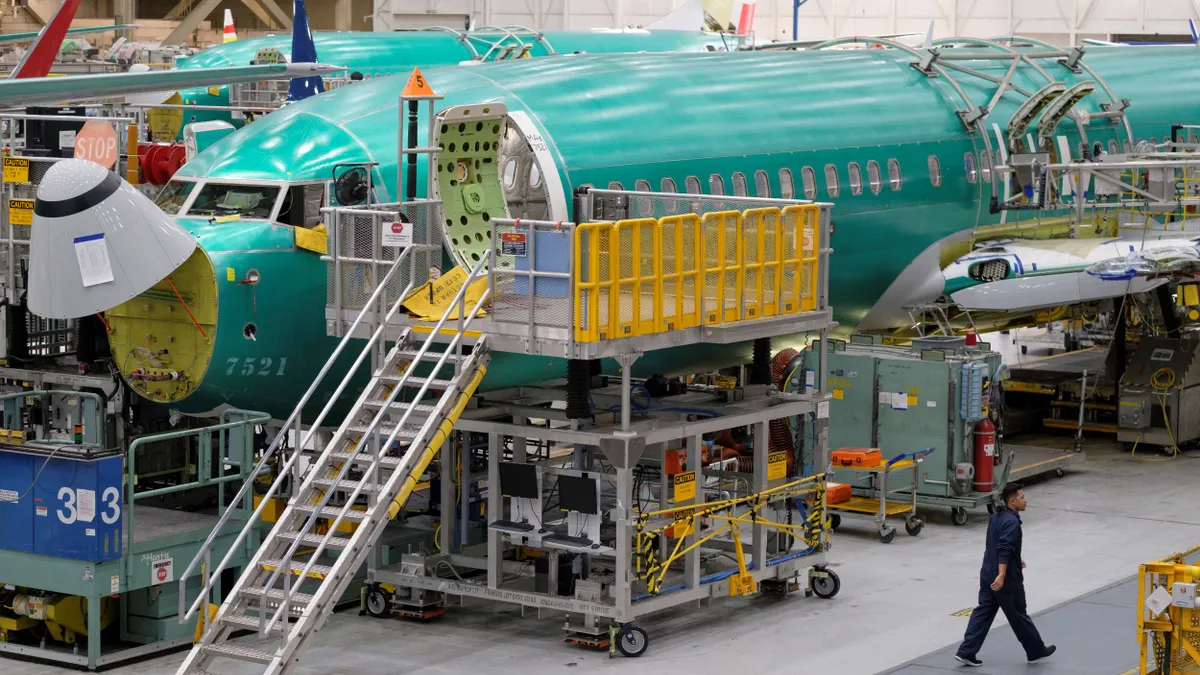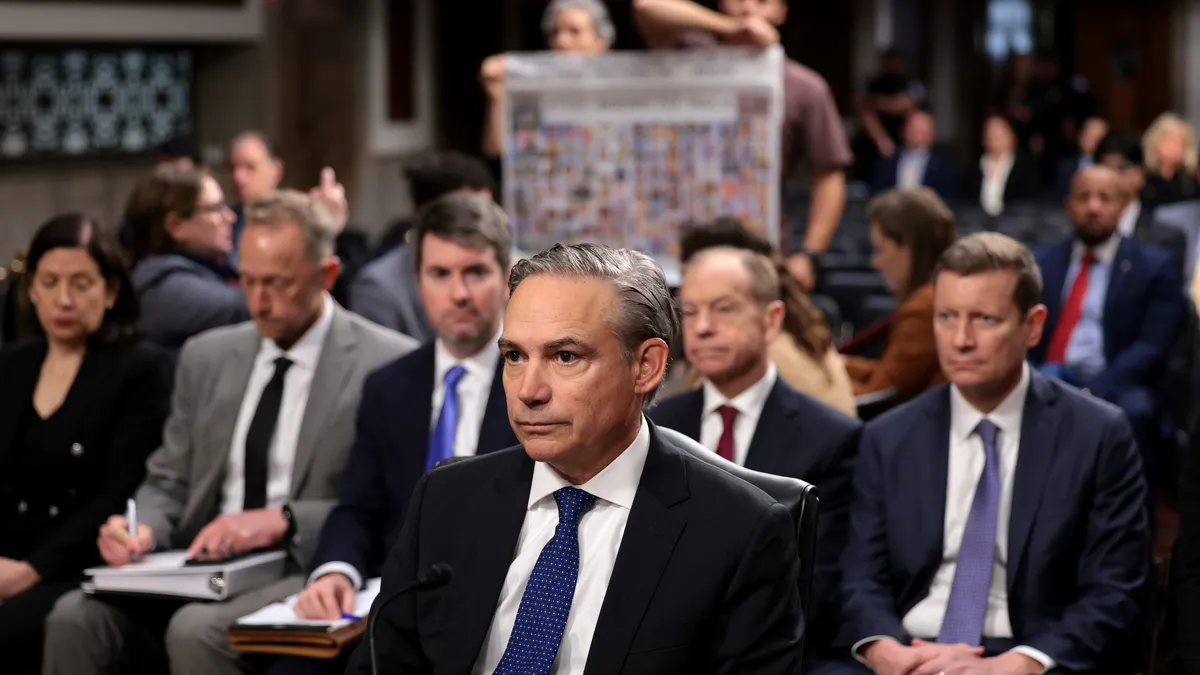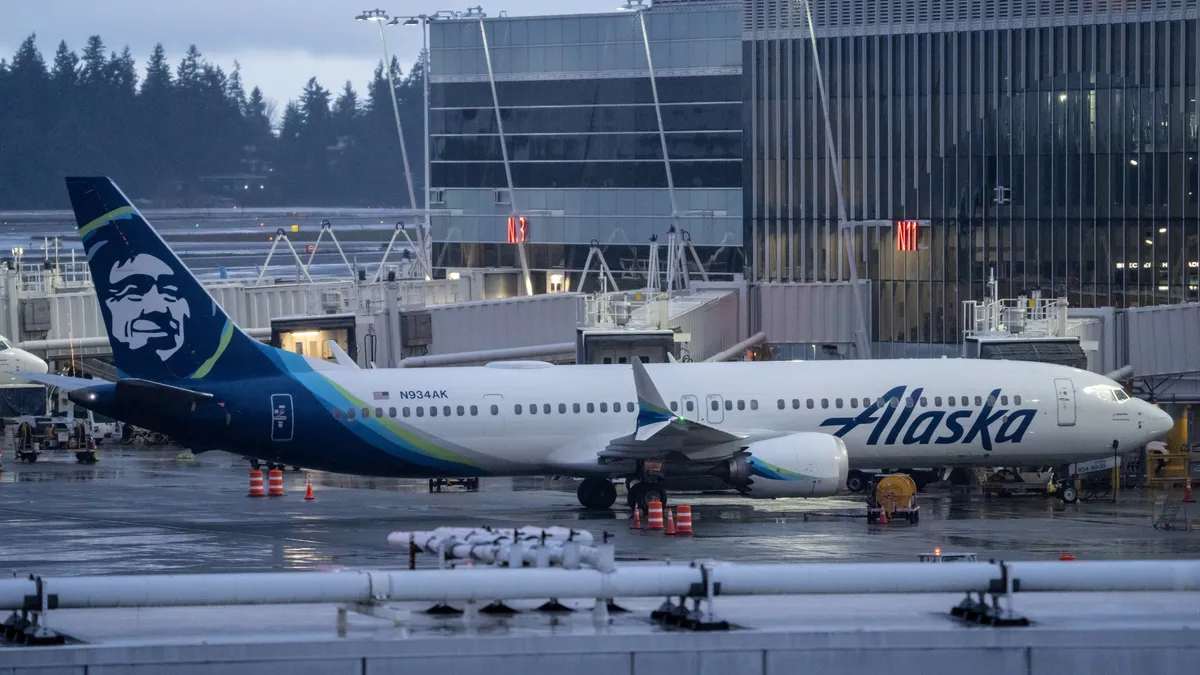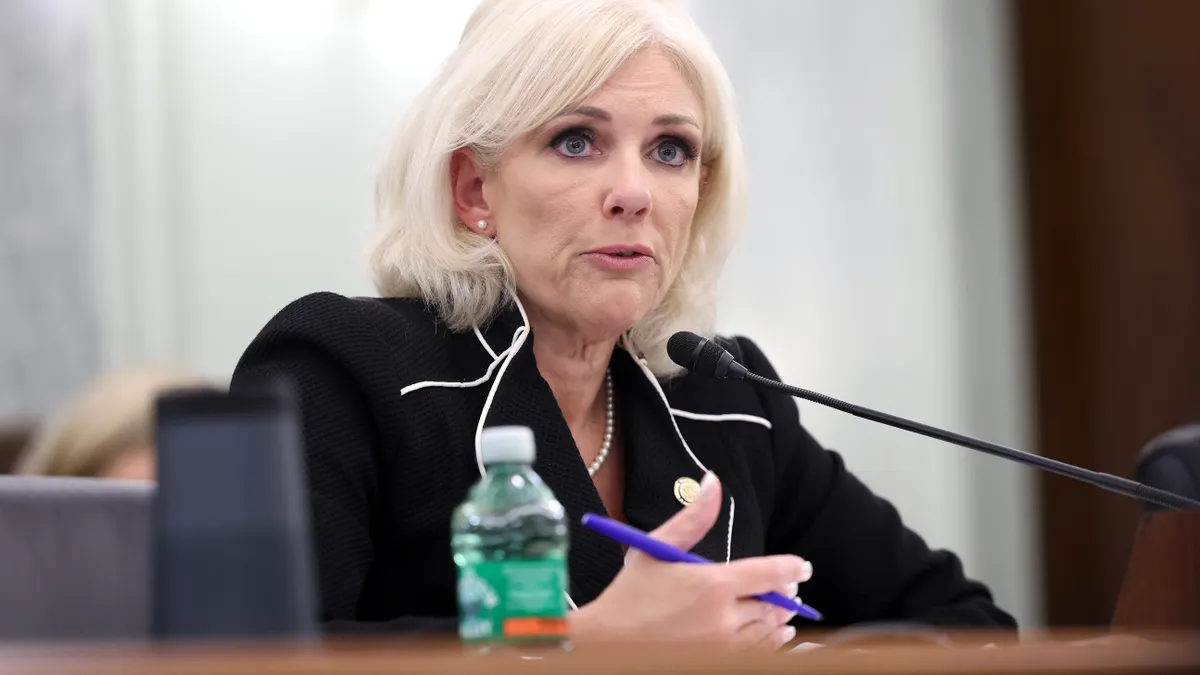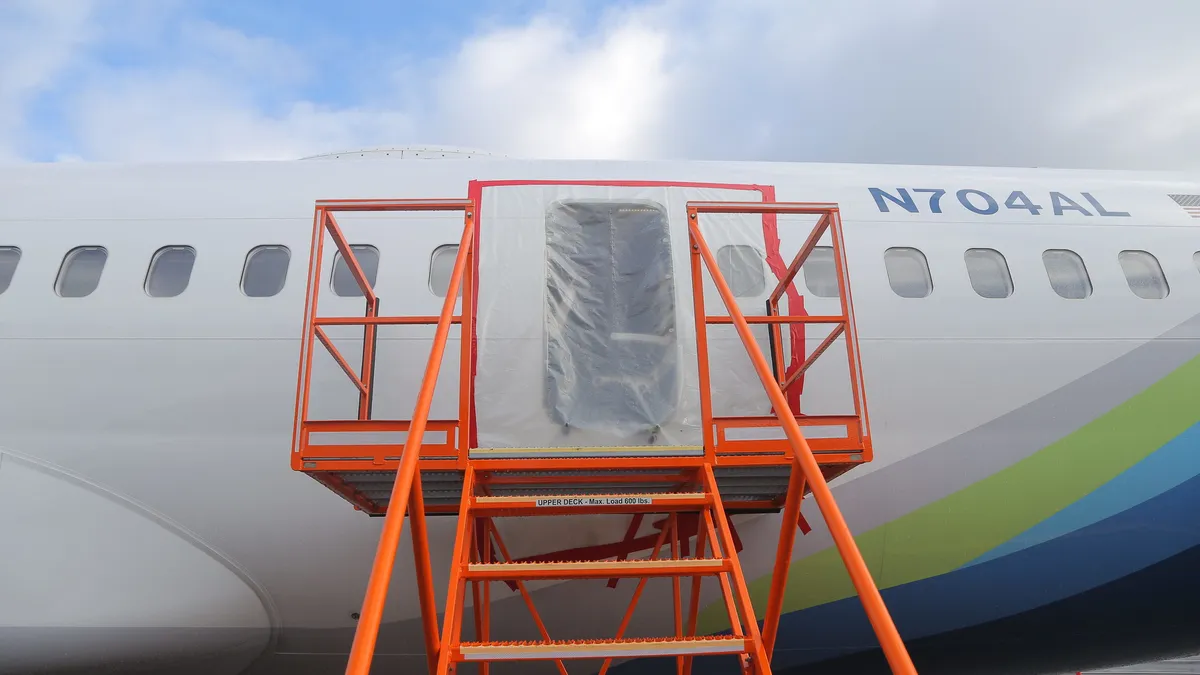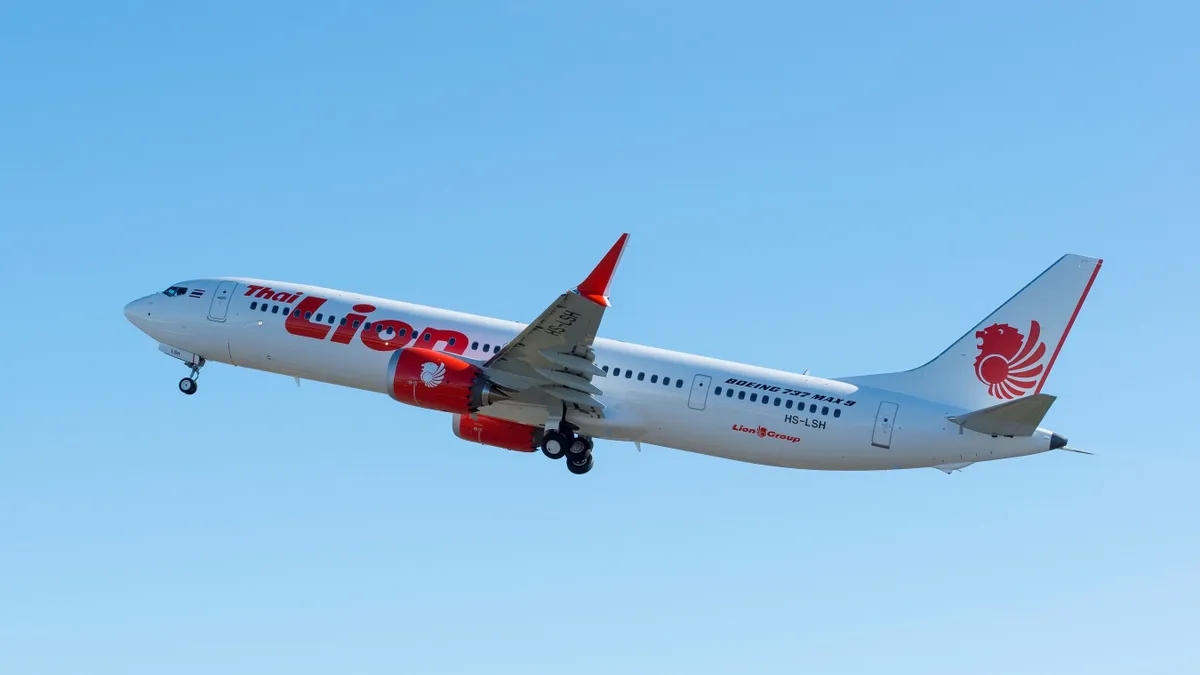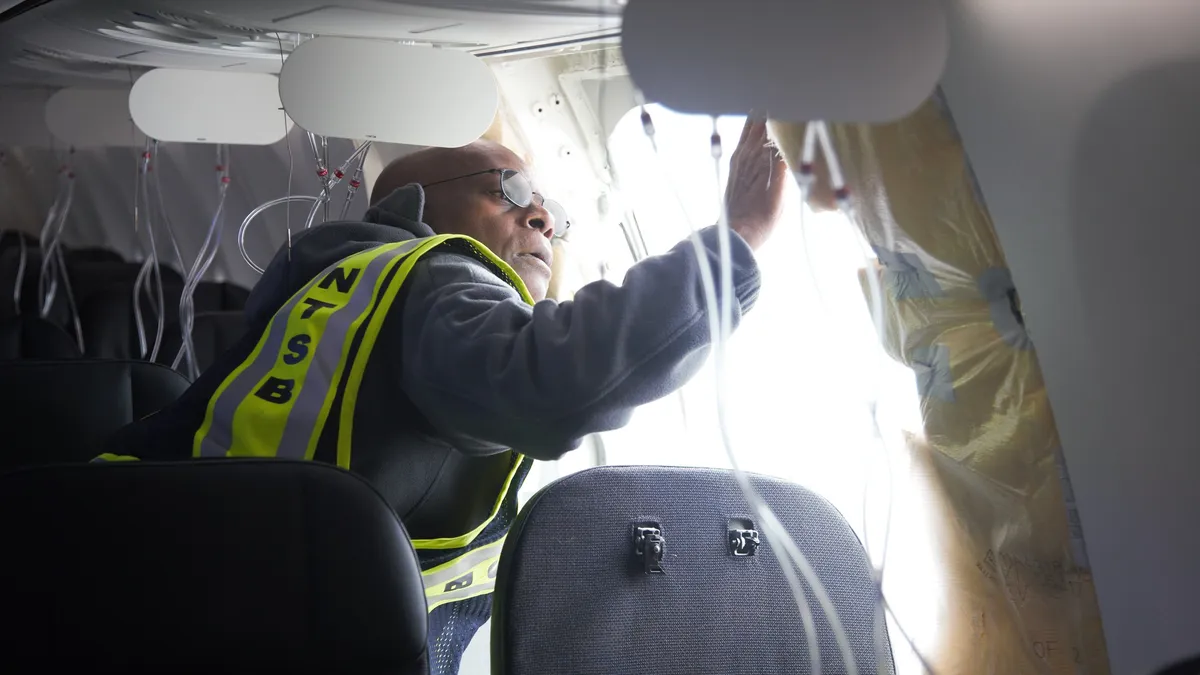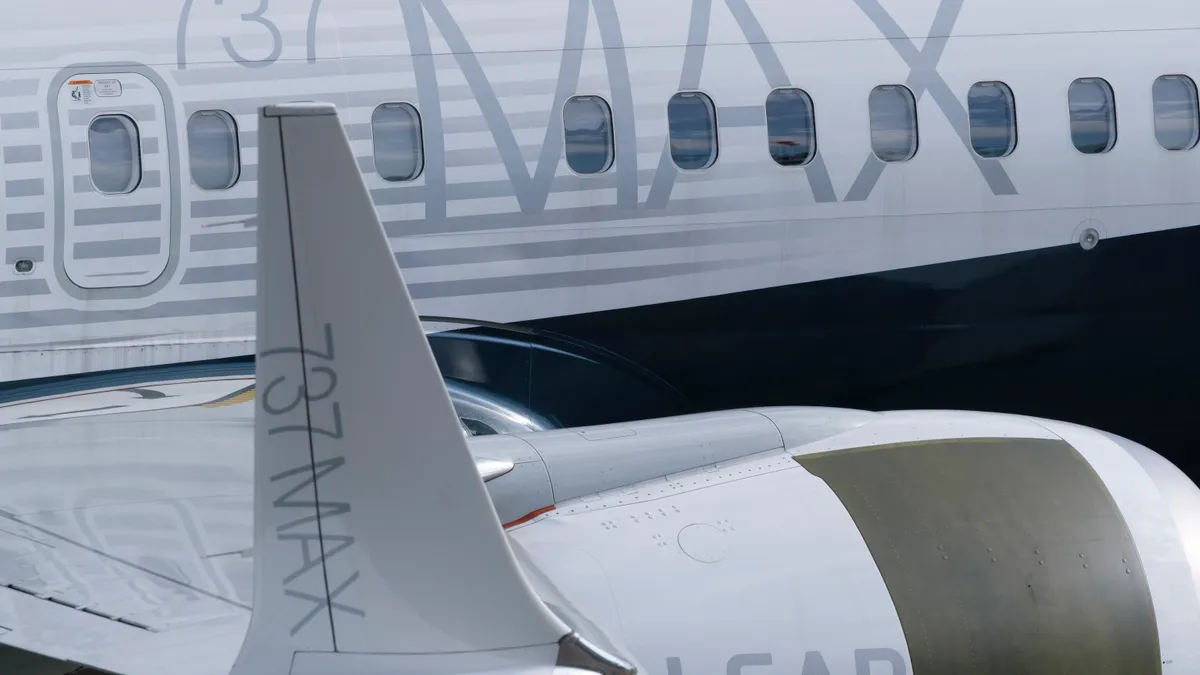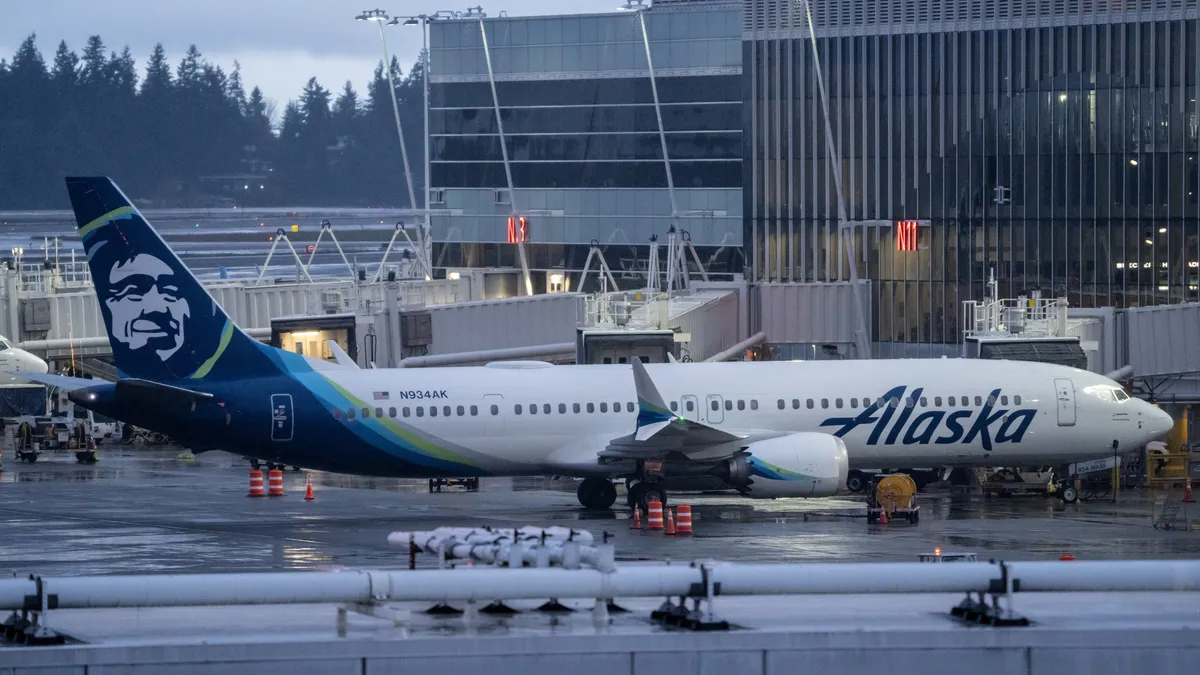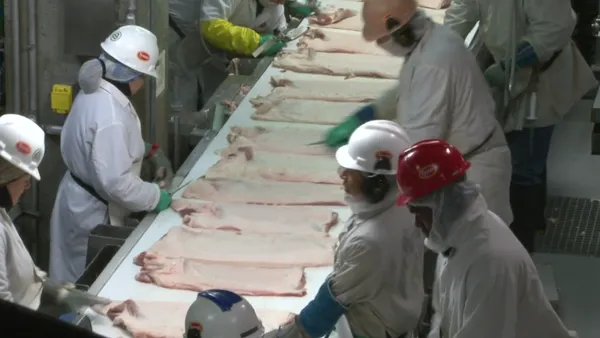Boeing’s failure to provide “adequate training, guidance and oversight” to its factory workers led to the Alaska Airlines mid-exit door plug that blew out midair on Jan. 5, 2024, according to the National Transportation Safety Board last week.
The watchdog agency’s final investigative report, which was released July 10, found evidence that one of the plugs, which was discovered in a Portland, Oregon, neighborhood, “‘had moved incrementally upward during previous flight cycles’ until it departed the airplane during the accident flight.”
The NTSB’s initial investigative report last year found four key bolts were missing from the Boeing 737-9. The bolts, which should have prevented the door from moving, were removed and seemingly not replaced during repairs at Boeing’s Renton, Washington, factory.
Spirit AeroSystems’s Malaysia facility produced the mid-exit door plug in March 2023, and it was installed onto the fuselage in May 2023 at its factory in Wichita, Kansas. The aircraft fuselage was then shipped to Boeing’s facility in Renton, Washington, arriving at the site on Aug. 31, 2023.
Before shipping the 737-9 Max aircraft to Boeing’s Renton facility, Spirit AeroSystems workers noted a minor nonconformity in the seal flushness of the door plug but determined no re-work was needed because the part was structurally sound.
However, none of the technicians who specialized in opening or closing the plugs were working at the time the plane was at the Renton factory, according to the new report. Furthermore, employees who removed the door did not generate a removal record, which is part of Boeing’s business process instruction for performing parts removals. The door plug was closed without securing the bolts and attachment hardware and a quality assurance inspection was not performed.
Additionally, the NTSB found that Boeing had not fully implemented its safety management system, which the company initiated in 2016 as part of a settlement to resolve 13 enforcement cases. The company later modified its SMS, as well as its safety culture, after two fatal crashes involving its 737 Max aircraft: Lion Air in 2018 and Ethiopian Airlines in 2019. The NTSB found that many issues were still unresolved.
A mandated independent expert review panel released a report last year that found flaws within the aircraft maker’s safety culture and management processes.
The NTSB also called out the Federal Aviation Administration for a lack of enforcement compliance and oversight of Boeing’s voluntary safety management system program, which did not identify and mitigate risks, the report stated.
“The safety deficiencies that led to this accident should have been evident to Boeing and to the FAA — should have been preventable,” NTSB Chairwoman Jennifer Homendy said in a statement last month. “This time, it was missing bolts securing the MED plug. But the same safety deficiencies that led to this accident could just as easily have led to other manufacturing quality escapes and, perhaps, other accidents.”
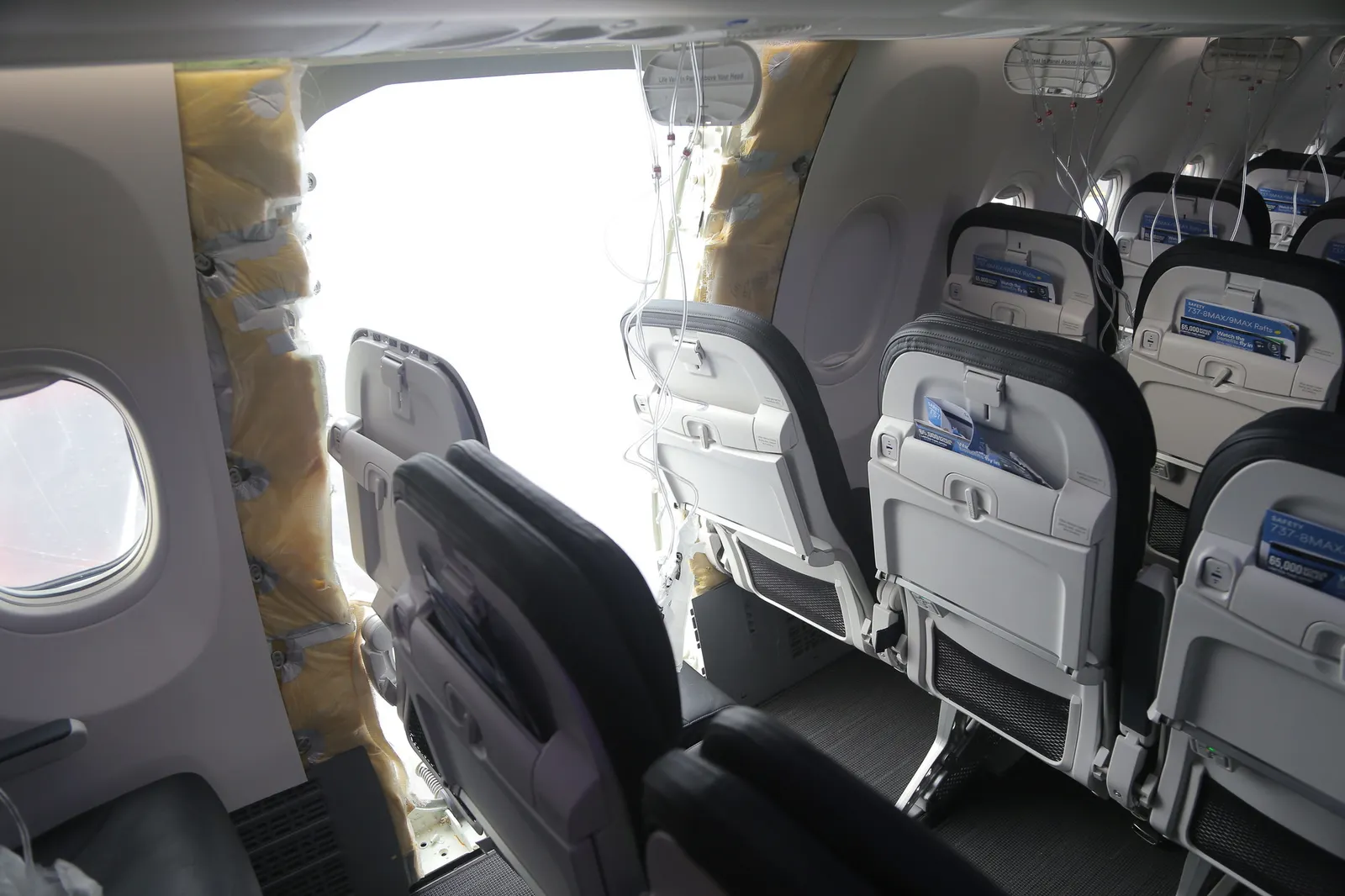
As a result, the NTSB made safety recommendations to Boeing and the FAA.
For Boeing, the agency recommended that the airplane manufacturer apply its safety management system process to current and future revisions of its performance part or assembly removal instructions, as well as develop recurring training. The agency also recommended that Boeing continue the design enhancement certification process for the mid-exit door plugs as well as issue a service bulletin addressing the retrofit of plug-equipped planes.
The agency suggests Boeing develop recurrent training for manufacturing personnel on when and how to create a removal record. Boeing should also develop a structured on-the-job training program that identifies and defines tasks necessary for manufacturing personnel to be considered fully qualified in their job series, the NTSB said. The program should include a grading system to track progress and determine competence.
For the FAA, the NTSB recommended that the agency issue an airworthiness directive requiring all in-service, plug-equipped planes to be retrofitted with the design enhancement. The watchdog agency also suggested that the FAA revise its compliance enforcement surveillance system, its audit planning activities and records systems.
Once the suggested revisions are completed, the FAA should develop guidance for managers and inspectors who oversee production approval on how to identify, record, track and address discrepancies and nonconformance issues as well as recurring training, the NTSB said.
The FAA should retain historical compliance enforcement surveillance and audit records older than five years and provide access to these documents for its managers and inspectors, the watchdog agency added. The NTSB also recommended that the FAA assemble an independent panel to conduct an extensive review of Boeing’s commercial airplanes’ safety culture. The panel should be used to improve the company’s ongoing safety management systems development and integration.
Boeing will be working closely with the new FAA administrator soon to implement and oversee the recommendations. The U.S. Senate voted last week to confirm Bryan Bedford as the new head of the FAA.
Bedford told the Senate Commerce Committee in a hearing last month that he will hold Boeing accountable “to deliver a high-quality product safely.”
Additionally, the FAA renewed Boeing’s Organization Designation Authorization for three years, effective June 1. The agency’s Congress-mandated oversight program supervises and conducts inspections for companies to drive performance improvements, such as safety management processes.
While the Alaska Airlines investigation is complete, the incident is not quite over for Boeing. The company, along with Spirit AeroSystems, is facing multiple lawsuits from passengers on the flight for physical and psychological trauma, USA Today reported last year.
The incident also reopened a Department of Justice case over two crashes that killed 346 people, which the company initially resolved in 2021. Boeing was going to plead guilty to defrauding the FAA, but a new plea deal with the DOJ may allow the plane maker to pay $1.1 billion to avoid criminal charges and drop the lawsuit. The agreement is awaiting a judge’s decision.
While the company works on improving its manufacturing process at its commercial airplane facilities on the West Coast, Boeing, along with its engine supplier GE Aerospace, the NTSB and the FAA are involved in another plane crash overseas.
The India government’s Aircraft Accident Investigation Bureau released an initial report on Air India’s Dreamliner 787-8 aircraft crash that killed 260 people and injured one on June 12. While the agency has not recommended any actions to Boeing or GE Aerospace’s operators and manufacturing, government officials are narrowing their focus to the Dreamliner’s engine fuel control switches, The Air Current reported.



